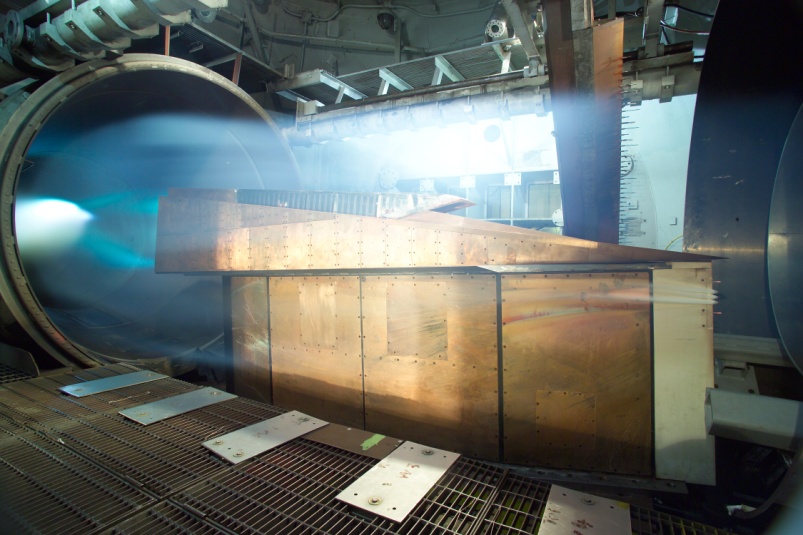Scramjet





Overview
A scramjet (supersonic combustion ramjet) is a type of airbreathing jet engine in which combustion occurs in a supersonic airflow. Unlike ramjets, scramjets do not slow the incoming air to subsonic speeds prior to combustion. This design enables more efficient propulsion at hypersonic velocities, typically above Mach 5.
Design and Principles
Scramjets are mechanically simple—no moving parts. They consist of an intake, a combustion chamber, and a nozzle. The engine compresses incoming high-speed air, mixes it with onboard fuel (typically hydrogen), ignites it, and accelerates the exhaust through a nozzle to generate thrust. This process relies entirely on the vehicle’s forward speed to compress air.
History
Early Concepts
The concept was born from ramjet experimentation during the mid-20th century. Antonio Ferri demonstrated net thrust in 1964. The 1980s saw successful ground tests in Australia and Russia. In 1991, the first successful scramjet flight occurred over the Soviet Union via the CIAM-NASA collaboration.
Breakthroughs and Flight Tests
Key developments include:
- NASA X-43A achieving Mach 9.6 (2004)
- DARPA’s HAWC cruise missile flights (2021–2022)
- India's Hypersonic Technology Demonstrator Vehicle (2019)
Operating Characteristics
- Operates efficiently between Mach 5 and Mach 15
- No need to carry onboard oxidizer (unlike rockets)
- Requires high-speed booster (rocket or turbojet) to initiate airflow conditions
- High specific impulse (1000–4000 seconds)
- No moving parts = fewer mechanical failure points
Challenges
- Sustaining combustion in supersonic flow is technically complex
- Requires high-temperature materials and active cooling systems
- Testing and development are extremely expensive
- Lower thrust-to-weight ratio than rockets (typically around 2:1)
Applications
Scramjets are being explored for:
- Hypersonic cruise missiles
- Rapid point-to-point transport
- Single-stage-to-orbit (SSTO) reusable spacecraft
- Military strike platforms
See Also
References
